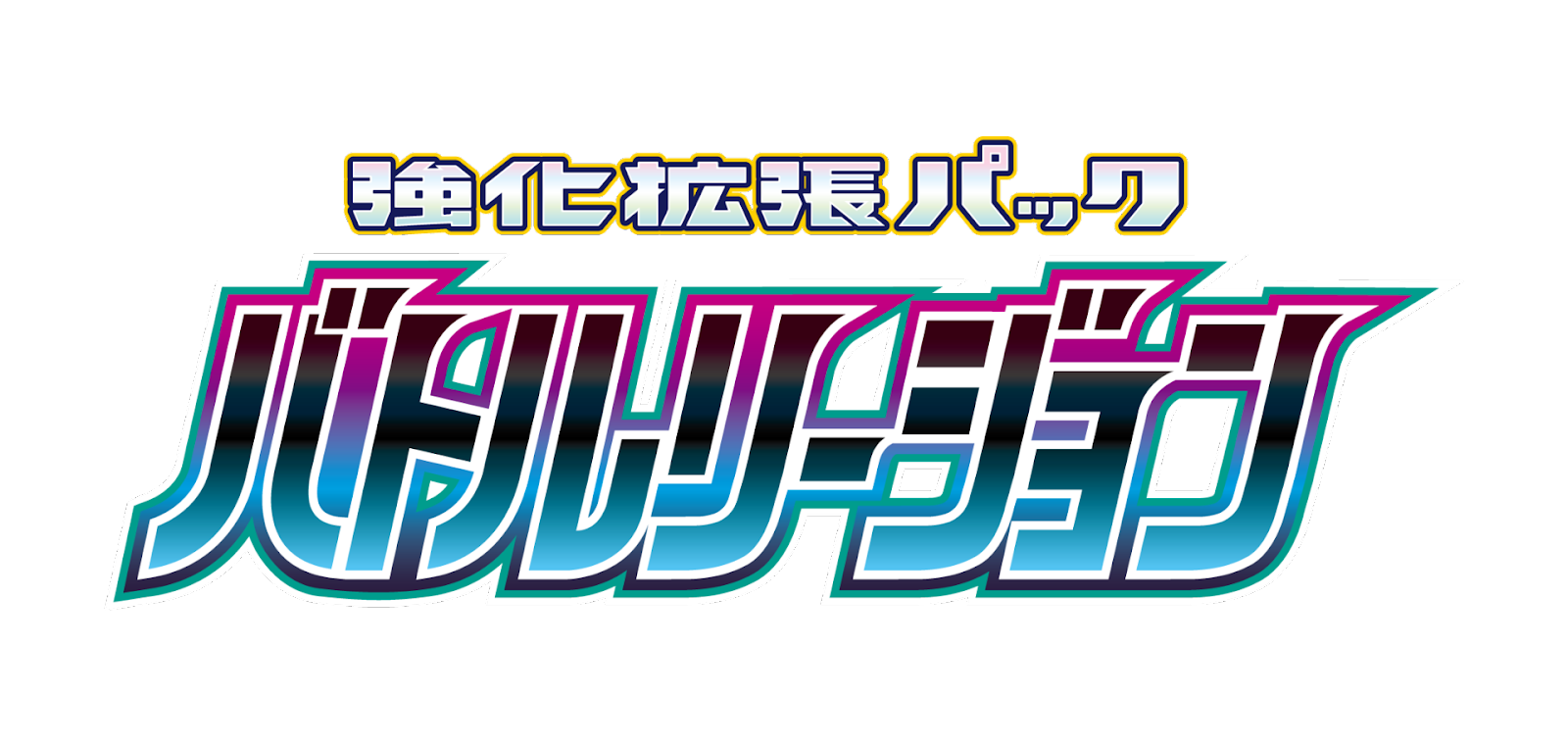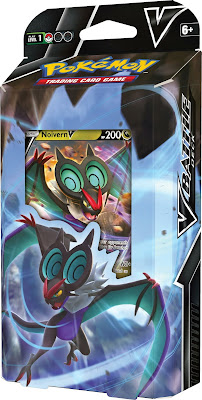Pokemon TCG is a turn based game so players are expected to set up their strategy during their turn. There are two conditions to win the game : To collect all your Prize Cards or To eliminate all your opponent's Pokemon in play. In "How to play Pokemon TCG" guide, most of the major aspects of the Pokemon TCG will be covered in details.
Different Cards Type
In Pokemon TCG, there are 3 different types of Pokemon Cards such Pokemon, Energy and Trainers.
Pokemon Cards
Pokemon are the most important type of card for the Pokemon TCG. You can't play the game without any Pokemon cards in your deck. Pokemon cards can be classified as Basic Pokemon, Stage 1 Pokemon or Stage 2 Pokemon. Basic Pokemon can be evolved into Stage 1 Pokemon while Stage 1 Pokemon can be evolve into Stage 2 Pokemon. The stage of the Pokemon is indicated at the top left corner of the card.
Every turn, you are allowed to evolve multiple Pokemon but each Pokemon is limited to evolve 1 time. For example, you can evolve your Dreepy into Drakloak during your turn. But, after that, you can't evolve Drakloak into Dragapult int the same turn. You need to wait for another turn if you want to evolve Drakloak into Dragapult.



Pokemon cards can have Rule Box or no Rule Box. As the name suggest, Rule Box add extra rule to the Pokemon cards. Pokemon card with Rule Box has extra character or symbol in their name. If you look at the name of the Zacian card below, there is a 'V' in its name. That means V Rule is applied to this particular Pokemon card. The rule box can be found at the bottom right corner the card. In this case, the V Rule states that "When your Pokemon V is knocked out, your opponent takes 2 Prize Cards."

Energy Cards
Energy cards are used for Pokemon attacks. In the Drakloak Card, there are two attacks : Summon and Bite. The first attack, Summon requires 1 Colorless Energy to use. In the Pokemon TCG, you can attach any Basic Energy to Pokemon to use the attack if the attack requires Colorless Energy. So, you can attach 1 type of any Basic Energy to Drakloak to use its Summon Attack. On the other hand, the second attack, Bite requires 2 Psychic Energy. So, you need to attach exactly 2 Psychic Energy to use this attack. Attaching other types of Energy won't allow you to use this attack.

There are 2 different types of Energy Cards : Basic Energy and Special Energy.
Basic Energy Cards are divided into 9 different types. Namely : Grass Energy, Fire Energy, Water Energy, Lightning Energy, Psychic Energy, Fighting Energy, Dark Energy, Metal Energy and Fairy Energy.
Special Energy Cards come in different forms. The main different between Special Energy and Basic Energy is that Special Energy Cards have extra effect in addition to provide Energy for the attack. If you look at the 2 Energy Cards below, Horror Psychic Energy [Special Energy] has an extra effect of putting 2 damage counters on opponent's attacking Pokemon although both Energy Cards provide 1 Psychic Energy.


Trainers
There are three types of Trainer Cards in the Pokemon TCG. Namely Supporter, Item and Stadium. Trainer Cards are mainly used to improve the overall strategy of the Pokemon Cards.
The rules of Trainer Cards can be found at the bottom right of the card. In general, you are limited to play 1 Supporter Card per turn whereas you can many as many Item Cards as you want during your turn. For Stadium Card, you can only play 1 card per turn. Also, If a Stadium with the same name that you are going to play has already existed in the field, you can't also play that Staidum Card.



Conditions for winning the game
To win the game in Pokemon TCG, you need to meet one of the following:
- Collect all 6 Prize Cards by eliminating your opponent's Pokemon
- Eliminatie all your opponent's Pokemon in play
- No card left in your opponent's deck at the beginning of his or her turn.
Cards Placement in the Pokemon TCG
There are 6 zones in Pokemon TCG.
- Deck : Both play decks must contain 60 cards. The order and content of the cards are not allowed to see throughout the game unless using the effect of cards.
- Active Pokemon : In this zone, you can only put 1 Pokemon Card and both you and your opponent must put 1 Pokemon at the start of the game. Active Pokemon are used to attack your opponent in play.
- Bench : You can put up to 5 Pokemon on your Bench. You can also choose not to put any Pokemon on the Bench.
- Note : Both Active Pokemon and Benched Pokemon are counted as Pokemon in play.
- Prize Cards : Both you and your opponent must put top 6 Cards of your decks in Prize Cards Zone at the start of the game. Prize Cards are taken when you or your opponent's Pokemon are knocked out.
- Stadium : This Zone is shared by both you and your opponents. Only 1 Stadium Card is allowed to play in this zone.
- Discard Pile : Cards that removed from the game are placed in Discard Pile. This includes Pokemon that are knocked out by attack, any card attached to knocked out Pokemon or Supporters or Items that you used during your turn.

How to start the game?
- Each play chooses Head or Tail. Then, flip a coins and the player who gots the correct choice goes first. [Note: Player who goes first can't attack or play Supporters during the first turn.]
- Draw the top 7 Cards from the deck and check whether there are any Basic Pokemon among the 7 Cards.
- If you don't have Basic Pokemon in your hand. Reshuffle those 7 Cards back into your deck and shuffle your deck and draw 7 Cards again. Repeat this process until you get at least 1 Basic Pokemon in your hand.
- Put top 6 Cards from the decks in Prize Cards Zone.
- Put 1 Basic Pokemon from your hand into Active Spot.
- It is not compulsory to put Basic Pokemon on the Bench at the start of the game. So, the choice is up to each player decision.
What can you do during your turn?
- The very first thing you must do is to draw 1 Card from your deck. After that, you can do the following steps in any order.
- You may put any Basic Pokemon from your hand onto your Bench. You can't put Basic Pokemon if your Bench is not full (Max: 5 Pokemon)
- You may evolve any of your Basic Pokemon or Stage 1 Pokemon in play into Stage 1 or Stage 2 Pokemon respectively. You can't evolve the Pokemon if it is just put for the first time in the Active Spot or Bench.
- You may play any Trainer. Supporter and Stadium are limited to play 1 Card per turn.
- You may use Abilities of your Pokemon in play.
- You may attach 1 Energy from your hand to 1 of your Pokemon in play.
- You may retreat 1 Pokemon per turn.
- You may attack your opponent's Pokemon using your Active Pokemon. Your turn will end if your use your Pokemon attack.
- You have also an option to end the turn without attacking.
Weakness & Resistance
If your Pokemon type is the weakness of your opponent's Pokemon, your Pokemon will deal double damage to your opponent's Pokemon. For example, Drapapult is Psychic type and Grapploct has Psychic Weakness. So, if you use Dragapult attack, Phantom Force to Grapploct, this attack will deal 240 damage to Grapploct instead of 120 damage.
On the other hand, Dragapult has Fighting Resistance [-30] and ""-30" means that the damge will be reduced by 30. For example, if Grapploct use its first attack, Full Nelson to Dragapult, Dragapult will not receive any damage since 30 damage of Full Nelson is reduce to 0 by Drapapult Fighting Resistance.


Special Conditions
In the Pokemon TCG, Special Conditions are negative effects that put on the Active Pokemon through either attacks or Trainers. Special Conditions from Active Pokemon can be removed either by retreating , evolving.or using Trainers.
- Confused : Confused Pokemon must flip a coin before it attack. If head, Confused Pokemon can attack normally while if tail, put 3 damage counters on Confused Pokemon and your turn ends.
- Poisoned : Put 1 damage counter on Poisoned Pokemon at the end of each turn including your turn and your opponent's turn.
- Burned :Put 2 damage counters on Burned Pokemon at the end of each turn including your turn and your opponent's turn. After putting damage counters at the end of turn, flip a coin, if head remove Burned Condition from Active Pokemon.
- Asleep: Asleep Pokemon can't either attack or retreat. At the end of each turn, flip a coin, if head, remove Asleepd Condition form Active Pokemon.
- Paralyzed: Paralyzed Pokemon can't either attack or retreat. Pokemon can only recover from Parlayzed Condition after your next turn. [ During your opponent first turn, put Paralyzed Condition on your Active Pokemon --> During your first turn, your Pokemon still have Paralyzed Condition.--> During your opponent second turn, your Pokemon still have Paralyzed Condition --> During your second turn, your Pokemon no longer have Paralyzed Condition ]












No comments:
Post a Comment